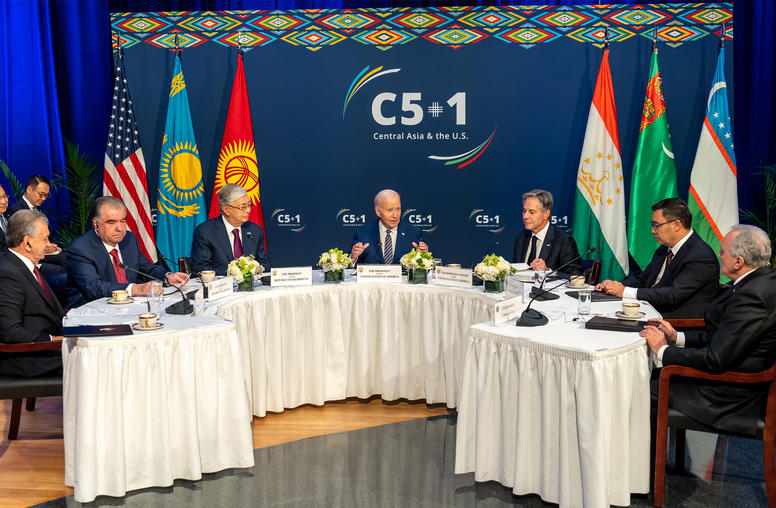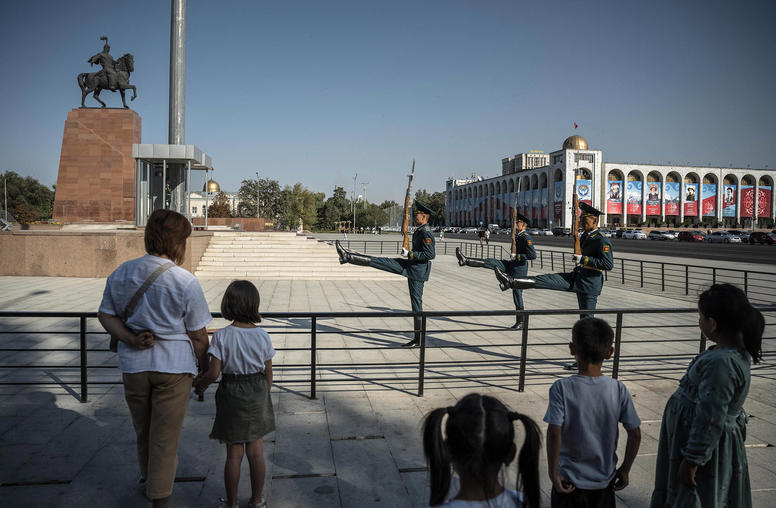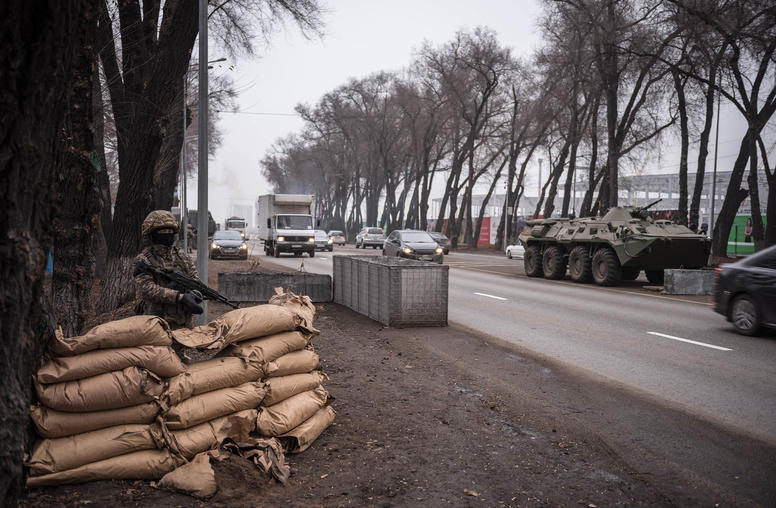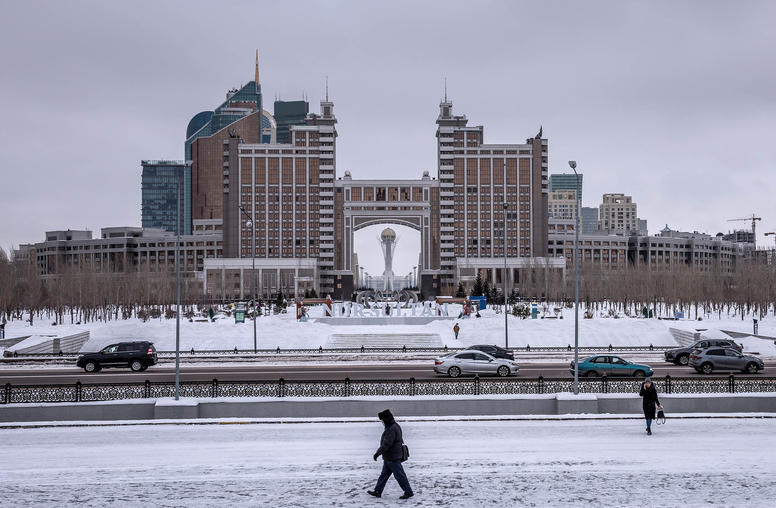'Big Data,' Text Messages Can Aid, Not Drive Conflict Prevention
New technologies can be effective tools for preventing conflicts, but they have to be part of a coordinated strategy rather than the driving factor for a prevention effort, according to findings from an examination of cases in multiple countries on three continents.
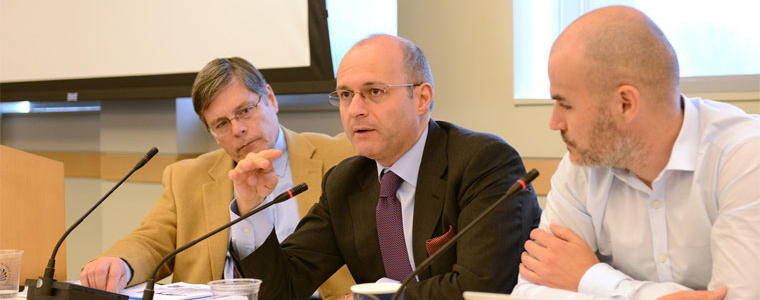
Whether it’s the use of “big data” to warn of potential unrest, cell phone text messaging to monitor tensions before a referendum or digital mapping to keep peace between farmers and herders, an examination of how new information and communication technologies can prevent violence came up with an age-old recommendation: beware of getting the cart before the horse.
A series of case studies in Africa, Latin America and Asia for the New York-based International Peace Institute concluded that, while new technologies can be effective tools for preventing conflict, they should be part of a complete strategy rather than driving the response. A range of factors drives the potential effect of technology in such efforts, including some that may be counter-productive, and close coordination, cooperation and partnerships at all levels will determine success.
Those are some of the conclusions of a report, “New Technology and the Prevention of Violence and Conflict,” that outlines the findings from the case studies. The review was funded by the United Nations Development Programme and the U.S. Agency for International Development.
Technology is “an important asset that we can engage in the service of conflict and violence prevention,” said Jose Garzon, USAID’s deputy director of the office of conflict management and mitigation, told an audience at the U.S. Institute of Peace on April 12, when he and others discussed the results of the study. “But we need to invest a lot more in knowing how to do this.”
Among the efforts cited in the report is one funded by USIP that is just getting started -- the Blue Nile Participatory Digital Mapping program in a rural area of Sudan near the borders of Ethiopia and South Sudan, a region populated mostly by farmers and nomadic herders who sometimes clash over use of the land. The mapping project is an initiative of the Sudanese Development Association, funded by USIP.
USIP’s Center of Innovation for Science, Technology and Peacebuilding examines ways to apply new technologies and applications in the field. It might involve new sources of data, more powerful analysis, new tools for sensing and shaping conflict, new data-sharing platforms for better coordination among peacebuilders or new channels like agricultural extension services, said Frederick Tipson, a special adviser to the center who also is a former executive at Microsoft and AT&T and more recently director of the Washington office of the UNDP.
Tipson is facilitating a partnership between the USIP center and the U.S. National Academy of Engineering to work with government agencies, international organizations, companies and experts to find better ways of adapting and using technology for peacebuilding.
“We can’t always tell where the fundamental changes brought by technologies will actually lead us,” Tipson said. “That is why, in peacebuidling, our exploitation of technology needs to be informed by a deep effort to understand the dynamics of conflict and the importance of the value choices we make in exploiting the technologies available to us.”
Studying the effect of new information and communication technologies on conflict takes on particular urgency as the use of various devices and mechanisms explodes worldwide.
“In just four decades, the total number of mobile phone subscriptions has reached almost 6 billion, corresponding to a global penetration rate of 86 percent,” Francesco Mancini, senior director of research at the International Peace Institute, told the USIP audience. “Cell phone penetration of sub-Saharan Africa now exceeds 50 percent,” and experts estimate that smartphone penetration in that region may reach 40 percent within five years, he said.
Internet access is far more uneven, with penetration rates ranging from more than half the population in the Americas to less than 15 percent in Africa, Mancini said. Still, all the new technologies also are producing an “unprecedented volume of data,” he said.
“With 12 million text messages sent per minute and 2 billion YouTube pages viewed per day, the amount and variety of data produced is a phenomenon of historical significance,” Mancini said.
The question is how to capitalize on that interconnectivity and the data that results from it to prevent or mitigate violent conflict. The IPI study examined cases in Kenya, Kyrgyzstan, Sudan, South Sudan and various locations in Latin America. The writers didn’t come up with a grand theory or definitive conclusions but pointed to initial factors and principles that can be applied to prevention efforts and further research.
“Tech-enabled conflict-prevention initiatives work best when they enhance traditional conflict prevention, early warning and early response mechanisms, working with existing structures rather than creating new ones,” said Helena Puig Larrauri, a consultant who wrote three case studies on the use of four web or mobile-phone technologies for conflict prevention in Sudan and South Sudan.
Some of those efforts involved the use of databases to identify, map and track community perceptions and incidents of conflict and gauge risks and threats, as the UNDP does with its Crisis and Recovery Mapping and Analysis project (CRMA) in parts of Sudan and South Sudan.
“Sudan may seem like an unlikely case study for technology-enabled projects,” Puig Larrauri said. When she moved to a town close to the border between the two Sudans in 2009, she would have to climb onto the roof of her house to get a mobile-phone signal.
“By the time I left in 2011, I was able to speak to my family via Skype, using a dongle to connect to the Internet,” she said, referring to a device that connects to a computer to provide wireless broadband access.
The proportion of Sudan’s population that has internet access rose from 9 percent in 2009 to 19 percent last year. Mobile phone subscriptions have soared from 9 percent in 2005 to 28 percent in 2009.
Viola Gienger is a senior writer at USIP.
